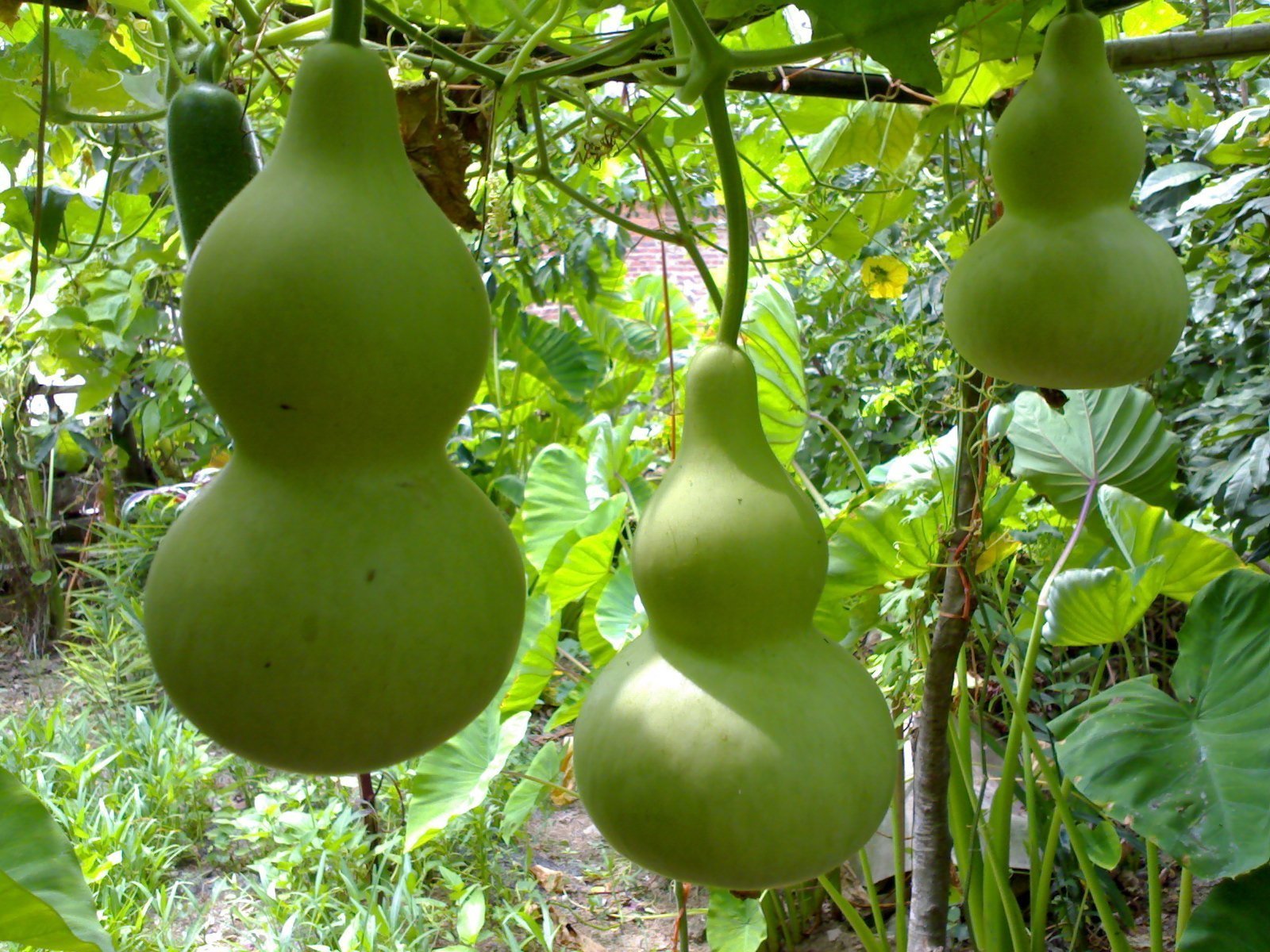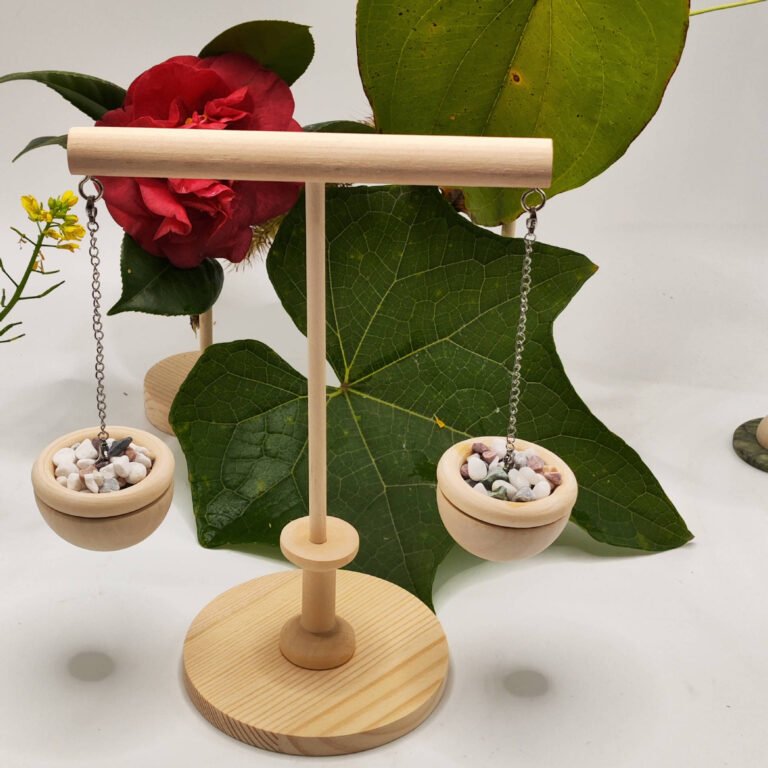Planting gourds involves considering soil preparation, seed selection, sowing, seedling management, trellising, pollination, fruiting, and harvesting.
Firstly, gourds are not very particular about soil, but for vigorous growth, it is best to use a mixture of 4 parts garden soil, 4 parts leaf mold, and 2 parts coarse sand. Seeds should be full and soaked in warm water for 20 hours before sowing. The best sowing time is in spring, starting in March and harvesting in May. Sow the seeds 0.5 to 1 cm deep and keep the soil moist.
During the seedling stage, keep the soil moist and apply fertilizer appropriately, while preventing pests and diseases. When the gourds grow to a certain height, a trellis needs to be set up for them to climb. Gourds bloom in the morning, which is the best time for pollination. Ensure adequate sunlight and water supply. After successful pollination, the pistil will gradually form fruits and mature.
It takes 2-3 months for gourds to mature. When the skin turns yellow-green, they can be harvested. Harvested gourds can be dried for storage or consumed. It is worth noting that different gourd varieties have different planting times and methods, which need to be adjusted according to local climate conditions and variety characteristics.


-768x768.jpg)

